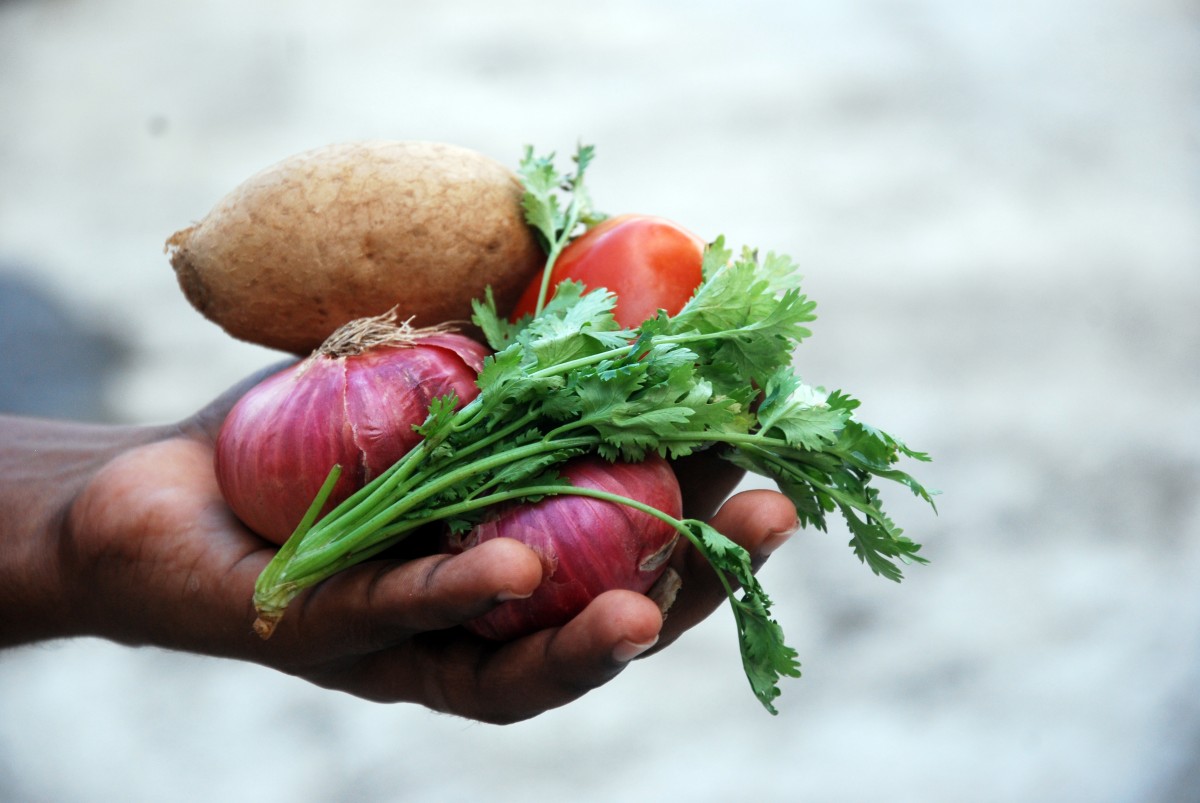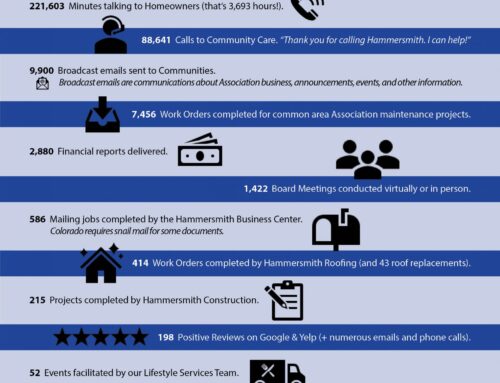As the bleak cold of winter finally breaks and signs of spring begin to pop up all around, thoughts of vibrant flowers and lush vegetables are on gardeners’ minds. For those green thumbs living in tiny quarters, an impressive garden may seem unattainable. However, many are turning toward urban gardening, bringing plant life into unique spaces and growing gardens in every nook and cranny.
These miniature Edens bring great natural beauty and help reduce our carbon footprints. As more people move to urban areas, urban gardens are becoming more popular, and encouraging those who have never planted to go dig in the dirt to see what comes up. While urban gardening does have its challenges, we have a few tips on how to overcome them to bring your small garden into full bloom.
Know The Rules
The first step to planning a successful garden within a Community Association is being aware of (and following!) your Community’s rules governing garden plots. In many instances, Associations allow for Homeowner garden plots with caveats about placement and size. These will also obviously vary based on whether you live in a single-family home, high rise, townhome, or patio home Community. Before you dig, be sure to dig into your CC&Rs!
Know Your Plot
Before you go on a planting spree, also take the time to plan out the logistics of your garden. Will it be in your back yard, on your porch, on the roof, on a window sill? Is your intended spot part of the Association’s common ground? Be sure to check with the Association before you start in order to avoid conflict.
How much direct or partial sunlight does that area get, and is that the right amount of sunlight for your plants? Is your space large enough to house the plants when they’re full grown? And, if not, do you have a bigger space where you can relocate them? Will you be doing container gardening, or will you be planting in the ground? What steps do you need to take to get your soil ready for planting? Answering these questions is important before you begin gardening, as the different environments will affect your plant life. Having a plan can help you avoid unnecessary chaos.
Know Your Plants
All plants aren’t created equal, and knowing which will best suit your urban garden is a must for robust growth. Often, urban gardeners will be restricted by space or the need to plant only in containers. They will also need compact plants that can thrive in those conditions, such as herbs, tomatoes, peppers, marigolds, zinnias and the like.
Be sure to know what your plants need, such as when and how deep to plant them, as well as how much light and water they need. Also, will they need to be started as seedlings under a grow light until they’re hearty enough to go outdoors, and what mixture of soil do they need to flourish? Being ready to address your plants’ needs is an important step in making sure they grow to their full potential.
Know When to Transplant
Container gardeners will need to be vigilant about making sure they transplant their plants into the right containers as they grow. If your plant is in a container that’s too small, the roots will become restricted, causing the soil to dry out quicker, so you’ll need to move your plant to a roomier home. Be careful, though, not to use too large a container, as the roots won’t be large enough to suck up all the moisture in the soil, which can lead to root rot.
A good rule of thumb in choosing the right size container is to make sure your plant is neither overflowing or dwarfed by the container, and that there’s a few inches of dirt that can be seen around the plant. So the next time your plants hit a growth spurt, make sure they have the right amount of space to live comfortably.
Get Creative
The best part about an urban garden is that you can set it up anywhere and make it anything you want. Your garden can be in places like your patio, your front door steps or anywhere else good sunlight hits—and the Association permits.






